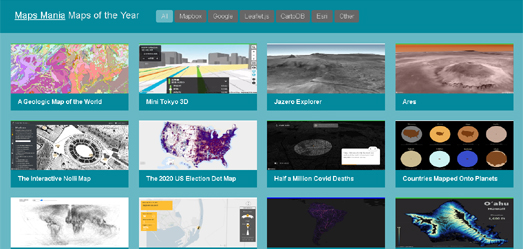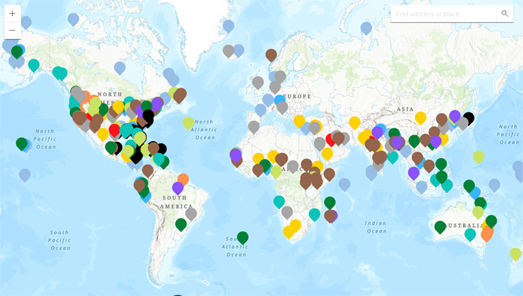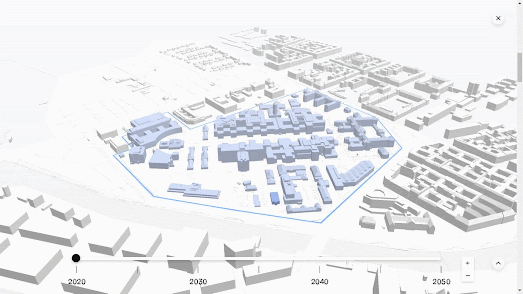Сообщения
Сообщения за декабрь, 2021
The 50 Best Maps of the Year
- Получить ссылку
- X
- Электронная почта
- Другие приложения
Real-Time Map Annotations
- Получить ссылку
- X
- Электронная почта
- Другие приложения
Mapping the Weather Around Me
- Получить ссылку
- X
- Электронная почта
- Другие приложения
Mapping the Polar Heat Cap
- Получить ссылку
- X
- Электронная почта
- Другие приложения
Hologram Cities
- Получить ссылку
- X
- Электронная почта
- Другие приложения
Mapping the Global Climate Crisis
- Получить ссылку
- X
- Электронная почта
- Другие приложения
Santa's Wish Tracker
- Получить ссылку
- X
- Электронная почта
- Другие приложения
Vaccine Rollouts by Country
- Получить ссылку
- X
- Электронная почта
- Другие приложения
Searching for the Big Bang
- Получить ссылку
- X
- Электронная почта
- Другие приложения
Mapping Future Construction Plans
- Получить ссылку
- X
- Электронная почта
- Другие приложения
Mapping Climate Change Conflicts
- Получить ссылку
- X
- Электронная почта
- Другие приложения
Mapping 100 Years of Tornado Data
- Получить ссылку
- X
- Электронная почта
- Другие приложения
Movie Maps
- Получить ссылку
- X
- Электронная почта
- Другие приложения
Civilian Casualties in Gaza
- Получить ссылку
- X
- Электронная почта
- Другие приложения
Destroying the Rainforests
- Получить ссылку
- X
- Электронная почта
- Другие приложения
Taking an Earth Selfie
- Получить ссылку
- X
- Электронная почта
- Другие приложения
The Refugee Map
- Получить ссылку
- X
- Электронная почта
- Другие приложения
The 30 Day Map Challenge Round-Up
- Получить ссылку
- X
- Электронная почта
- Другие приложения
Speaking French in Canada
- Получить ссылку
- X
- Электронная почта
- Другие приложения
Weather Stripes
- Получить ссылку
- X
- Электронная почта
- Другие приложения



















